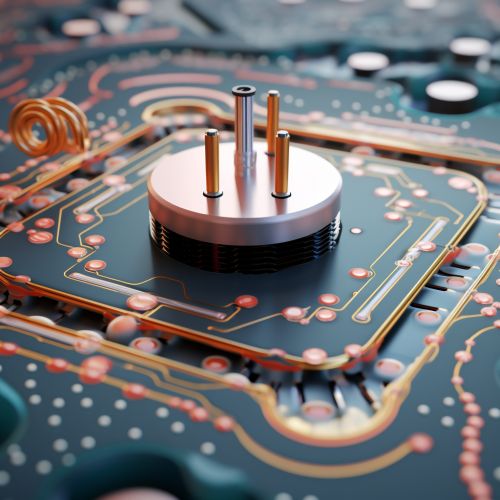The Role of Microbial Electrochemical Cells in Wastewater Treatment
Introduction
Microbial electrochemical cells (MECs) are a type of bioelectrochemical system that use microorganisms to catalyze the oxidation of organic and inorganic matter, thereby generating electrical energy. In the context of wastewater treatment, MECs offer a promising and sustainable approach to harness the energy stored in wastewater, while simultaneously achieving high levels of pollutant removal.


Principles of Operation
MECs operate based on the ability of certain types of electrogenic bacteria to transfer electrons to an external electrode, or anode. These bacteria, often referred to as exoelectrogens, oxidize organic matter in the wastewater, releasing electrons and protons. The electrons are transferred to the anode, while the protons migrate through a proton exchange membrane to the cathode. At the cathode, the electrons and protons combine with oxygen to form water, completing the circuit.
Applications in Wastewater Treatment
The application of MECs in wastewater treatment is a rapidly growing field of research. The ability of MECs to convert the chemical energy in wastewater into electrical energy, while simultaneously treating the wastewater, offers a promising approach to sustainable wastewater management.
Energy Recovery
One of the primary applications of MECs in wastewater treatment is for energy recovery. The oxidation of organic matter in wastewater by exoelectrogens generates a flow of electrons, which can be harnessed to produce electrical energy. This energy can be used to power the wastewater treatment process, or other operations within the treatment facility, reducing the overall energy consumption and cost of wastewater treatment.
Pollutant Removal
In addition to energy recovery, MECs can also be used for the removal of various pollutants from wastewater. The electrogenic bacteria in MECs can oxidize a wide range of organic and inorganic pollutants, including biodegradable organic matter, nitrogenous compounds, and heavy metals. This can result in high levels of pollutant removal, often exceeding those achieved by conventional wastewater treatment processes.
Challenges and Future Directions
Despite the promising potential of MECs for wastewater treatment, there are several challenges that need to be addressed. These include the relatively low power densities currently achieved by MECs, the need for cost-effective and efficient materials for the anode and cathode, and the need for a better understanding of the microbial communities involved in the process.
Future research in this field is likely to focus on improving the performance and efficiency of MECs, through the development of new materials and technologies, and through a deeper understanding of the microbial processes involved. This could lead to the wider adoption of MECs in wastewater treatment, and contribute to more sustainable and energy-efficient wastewater management practices.
